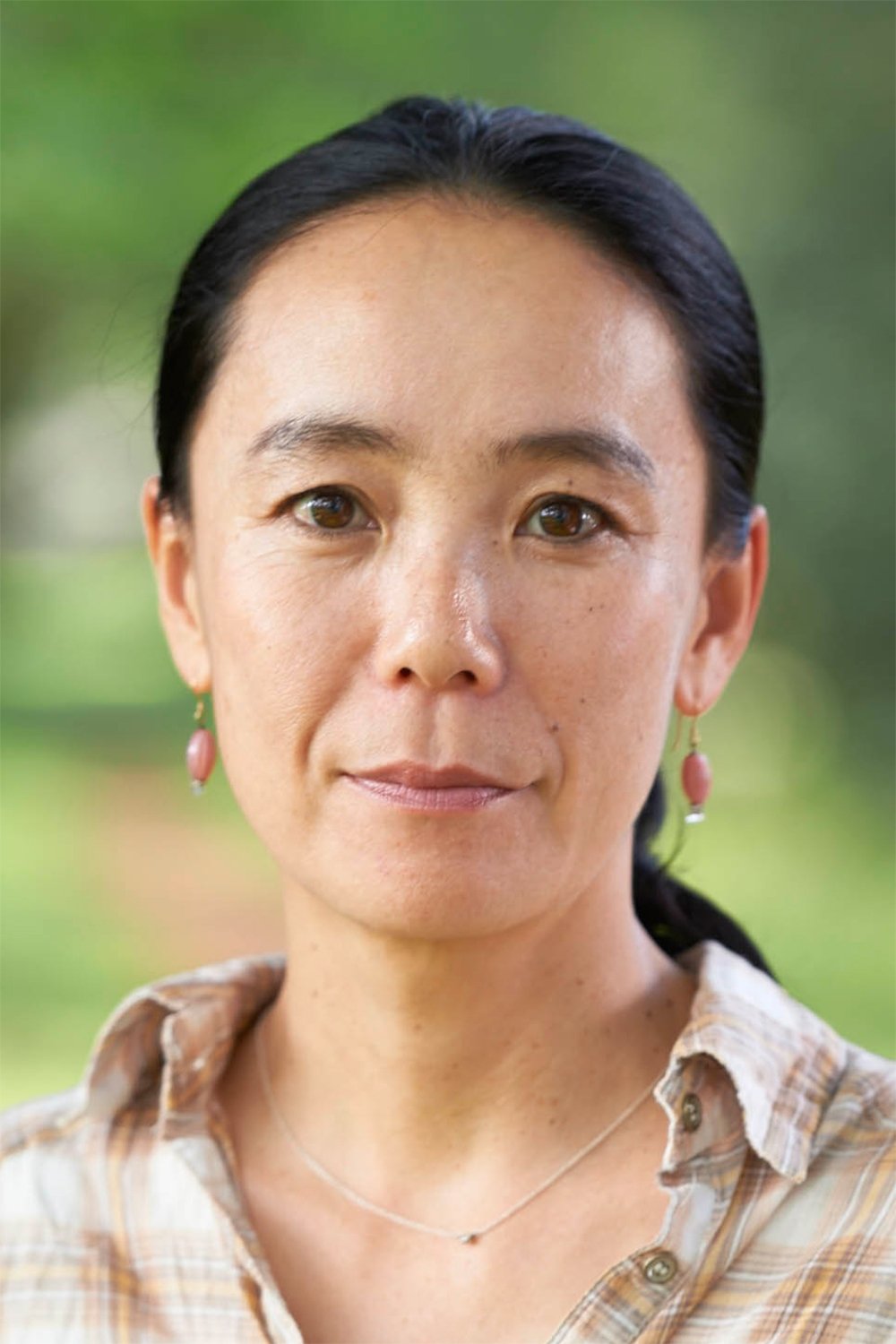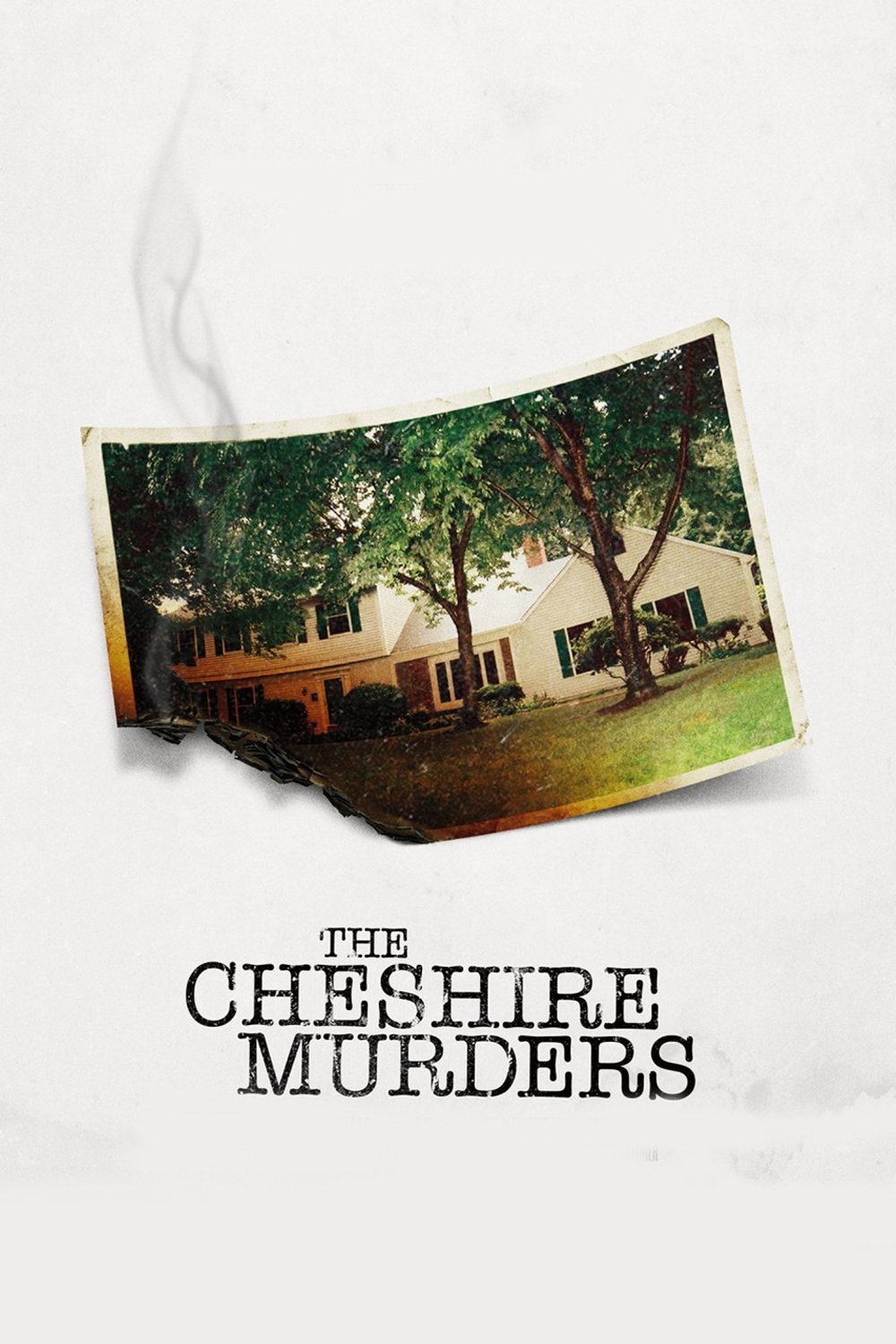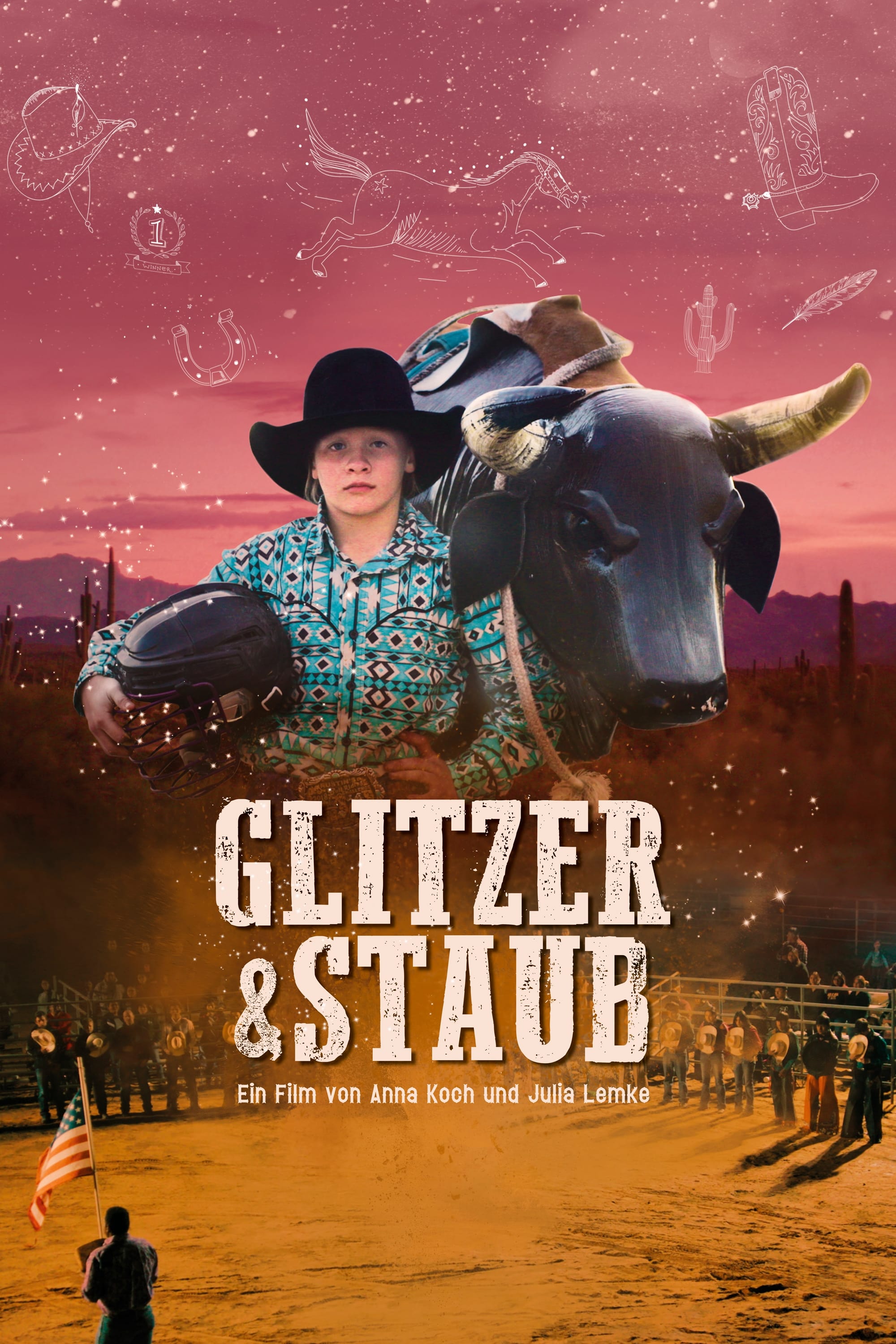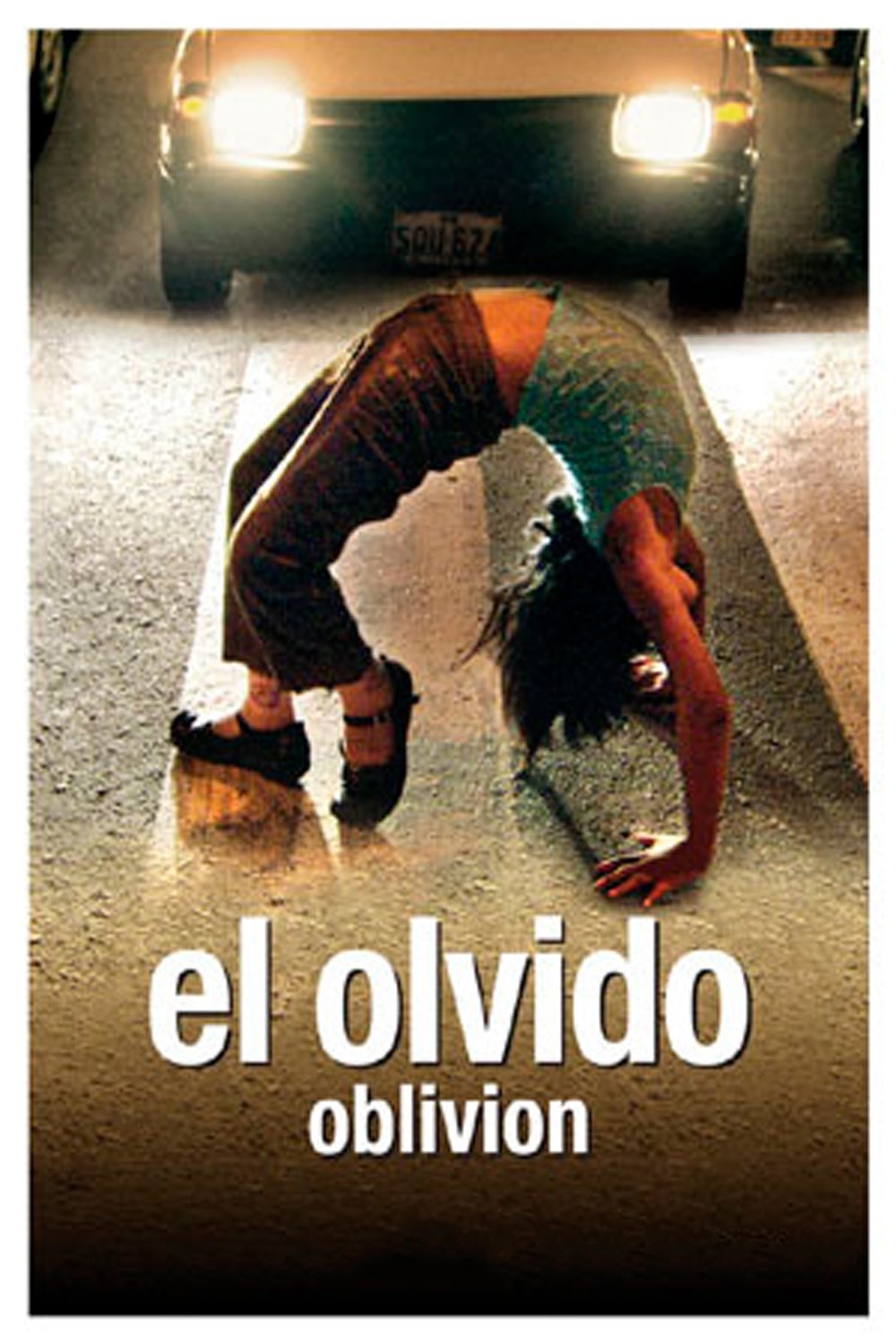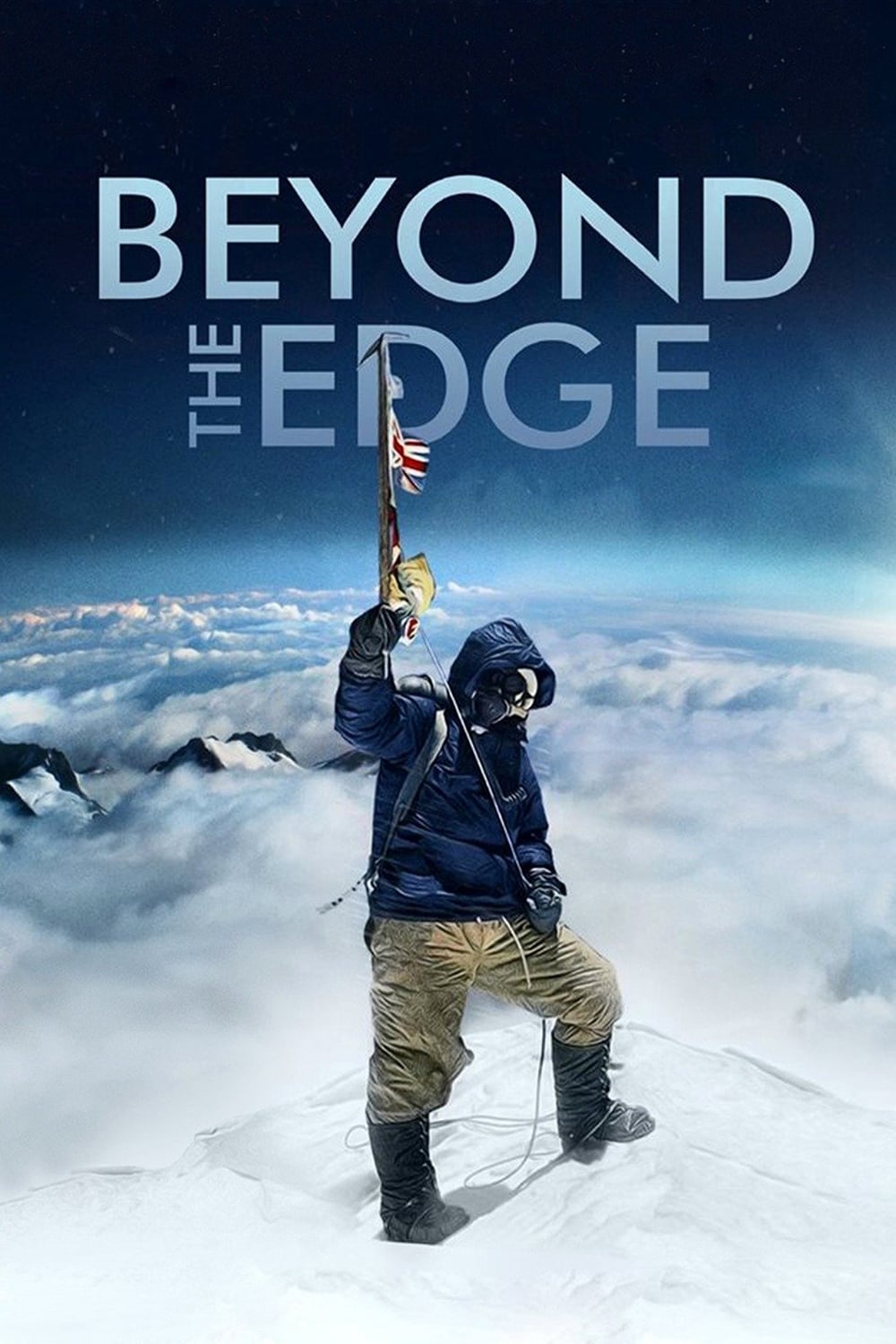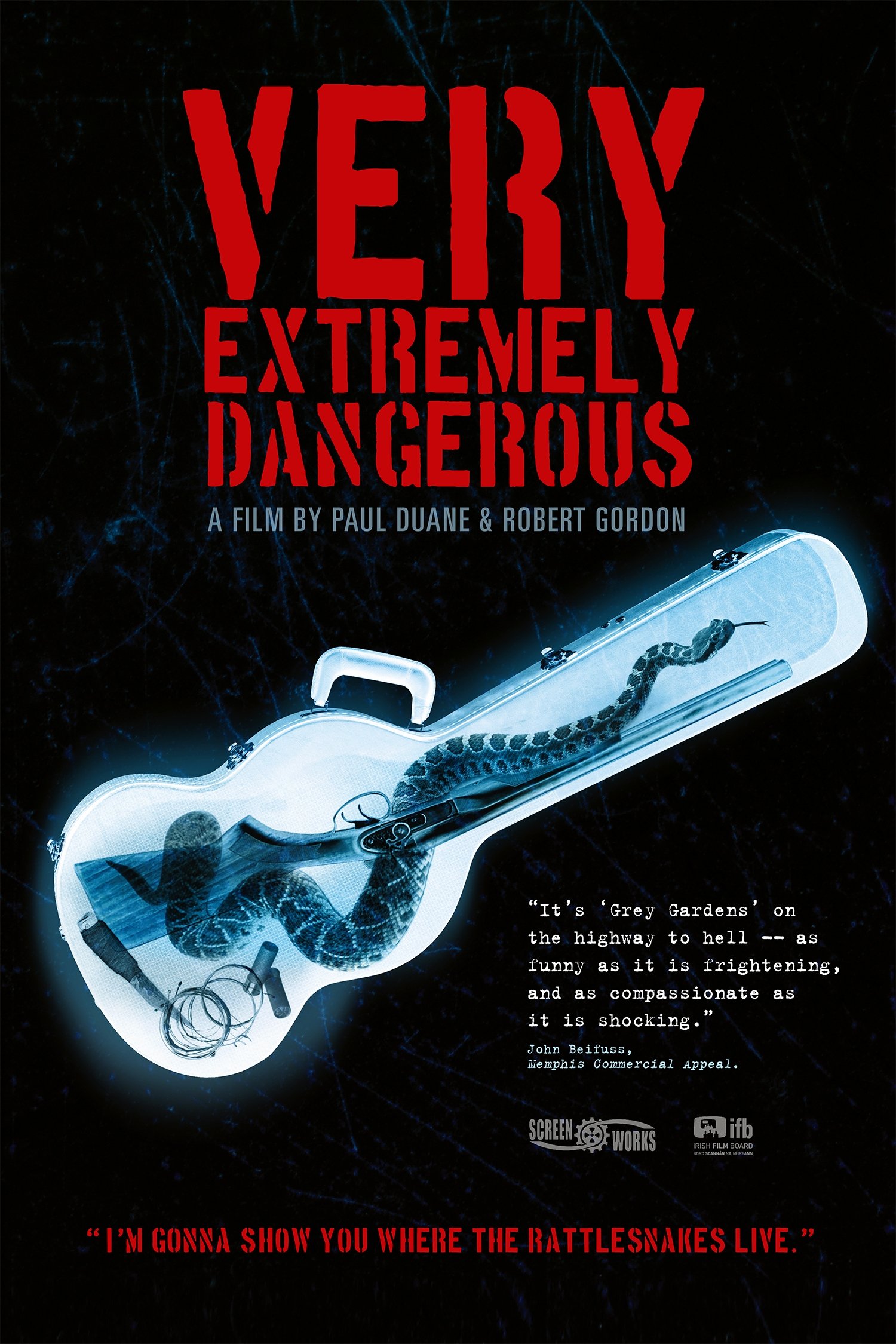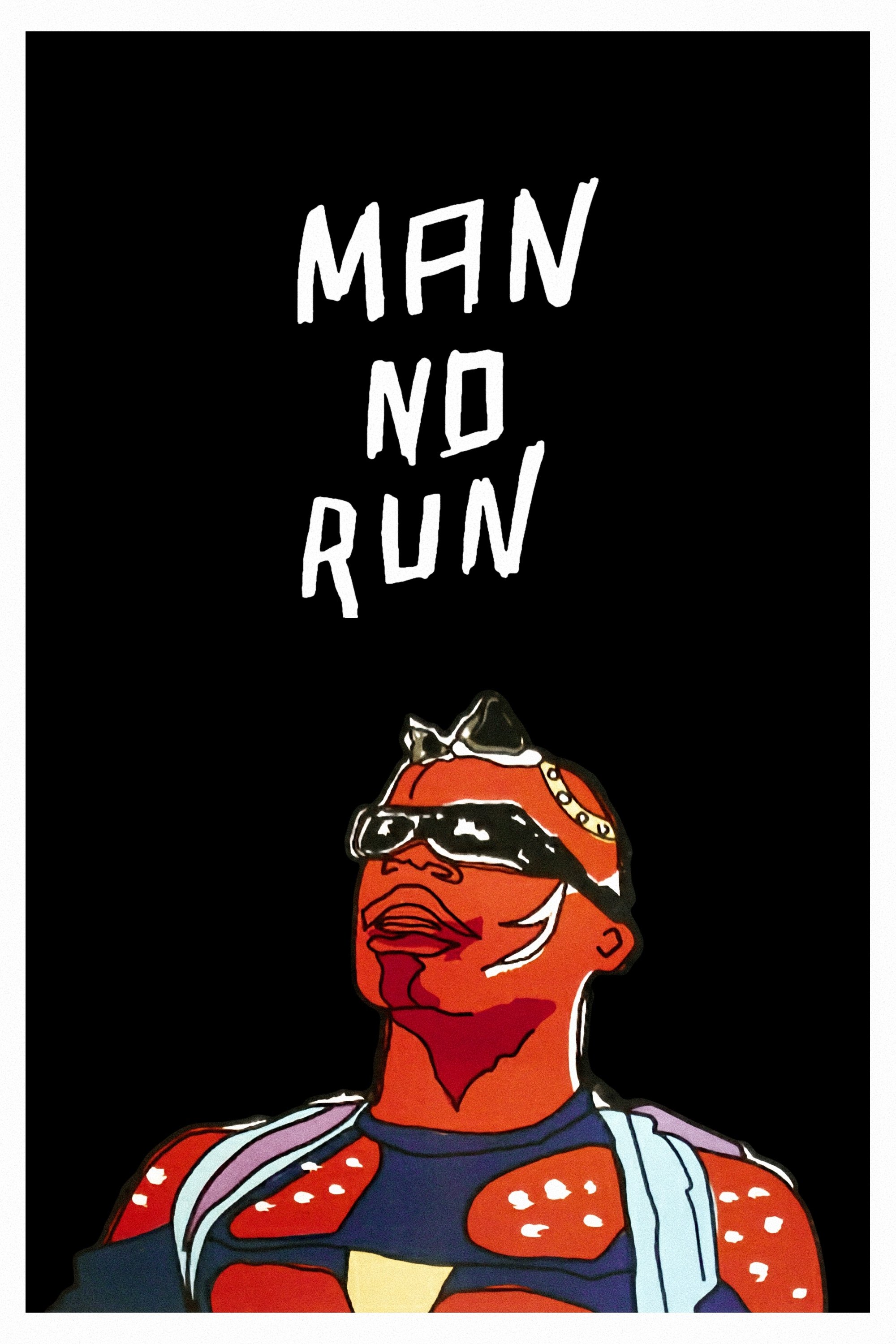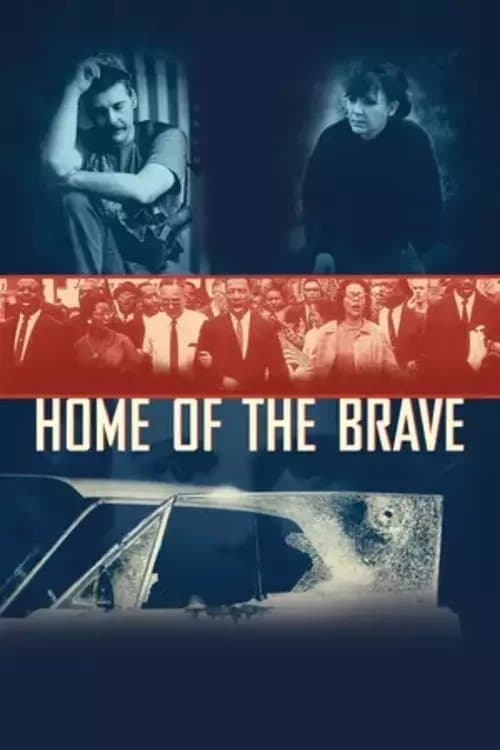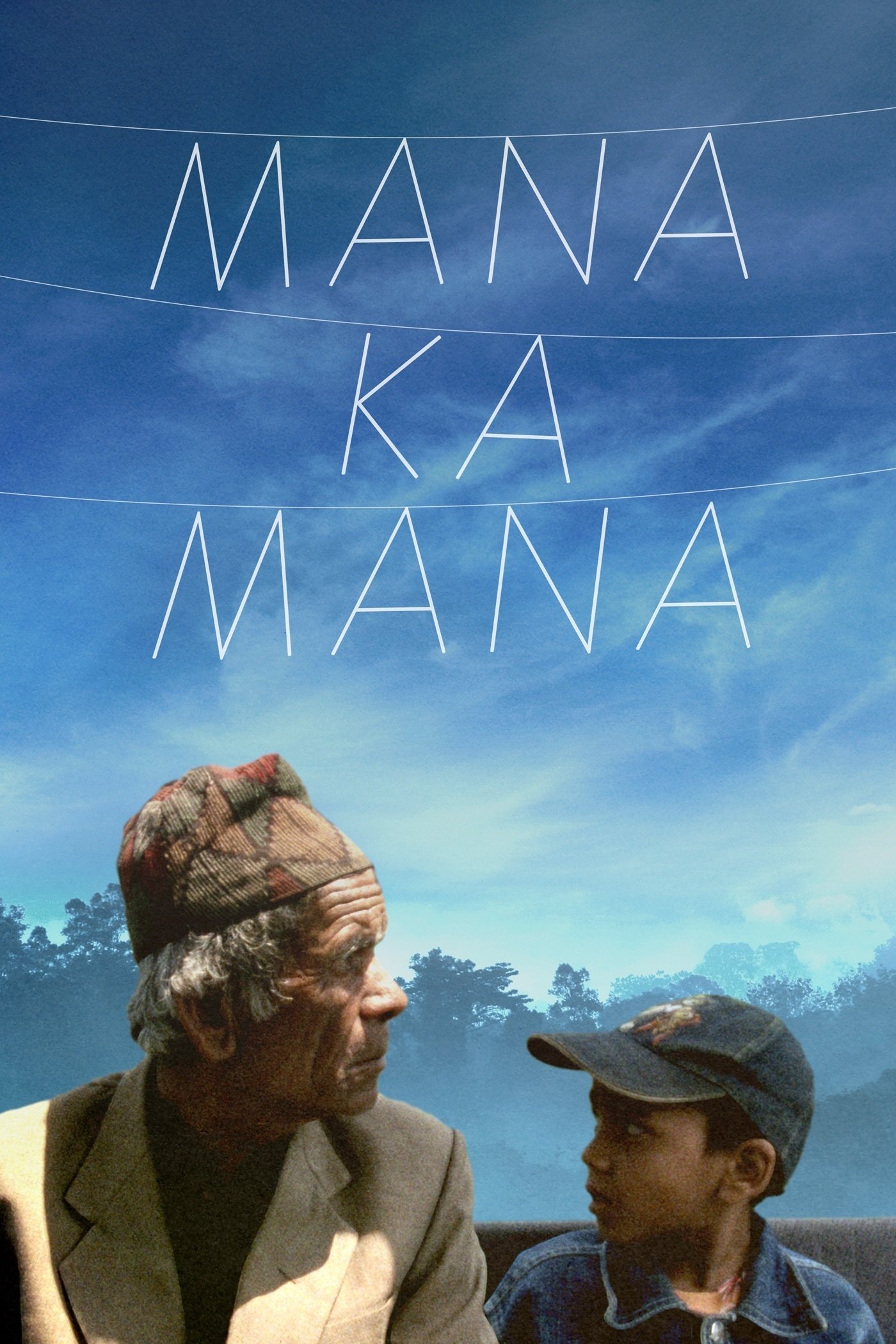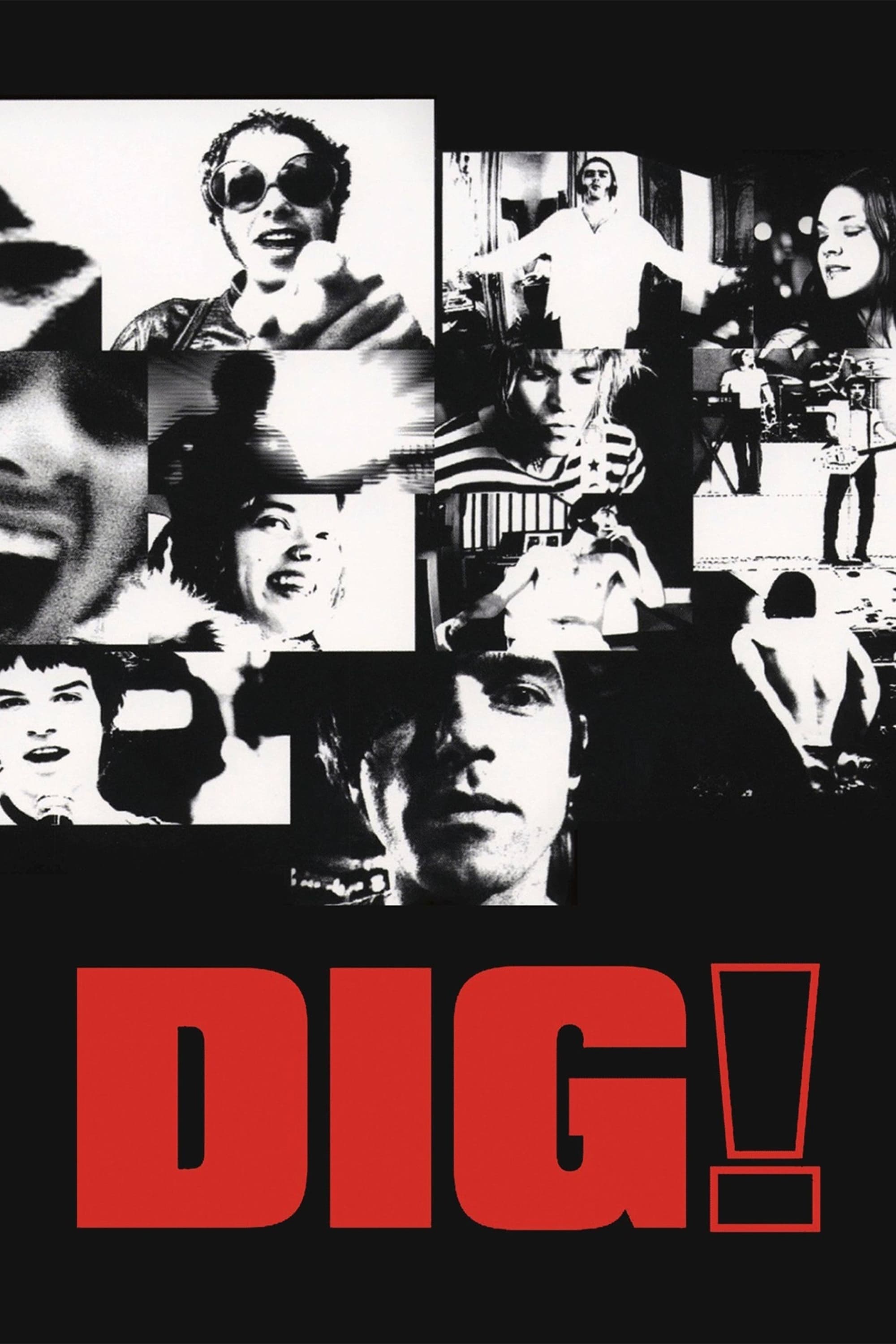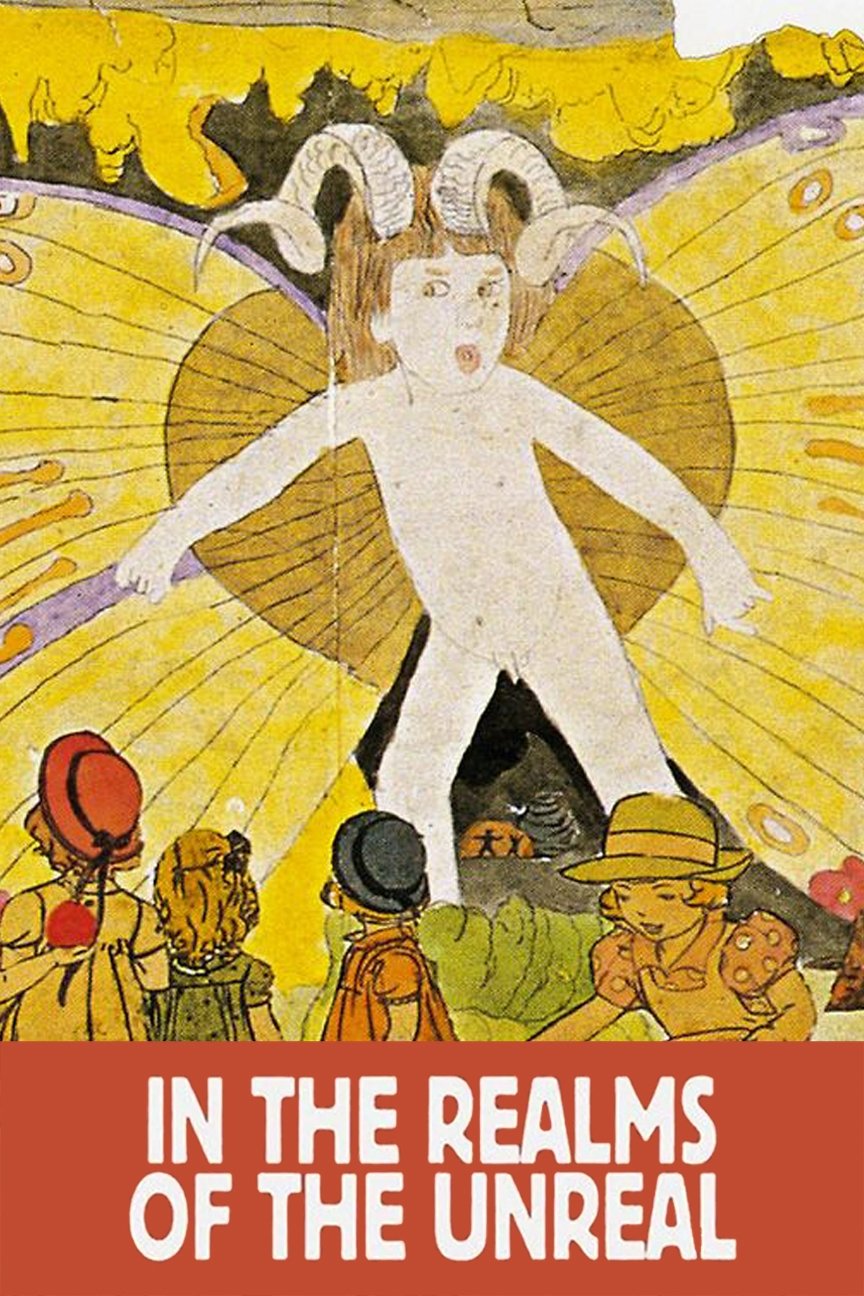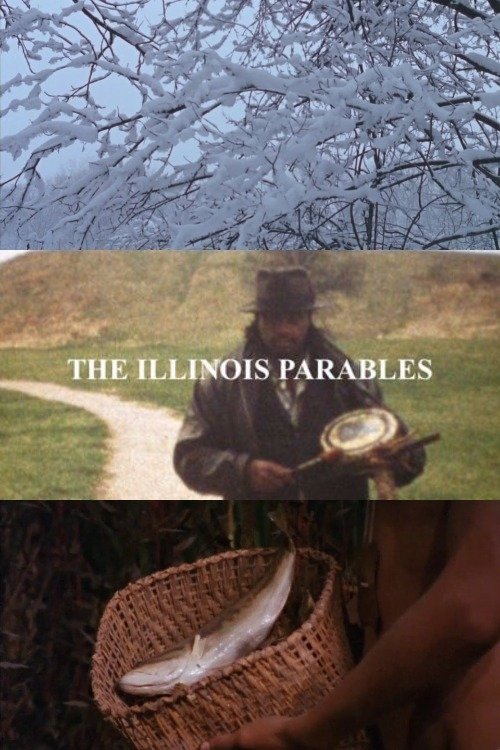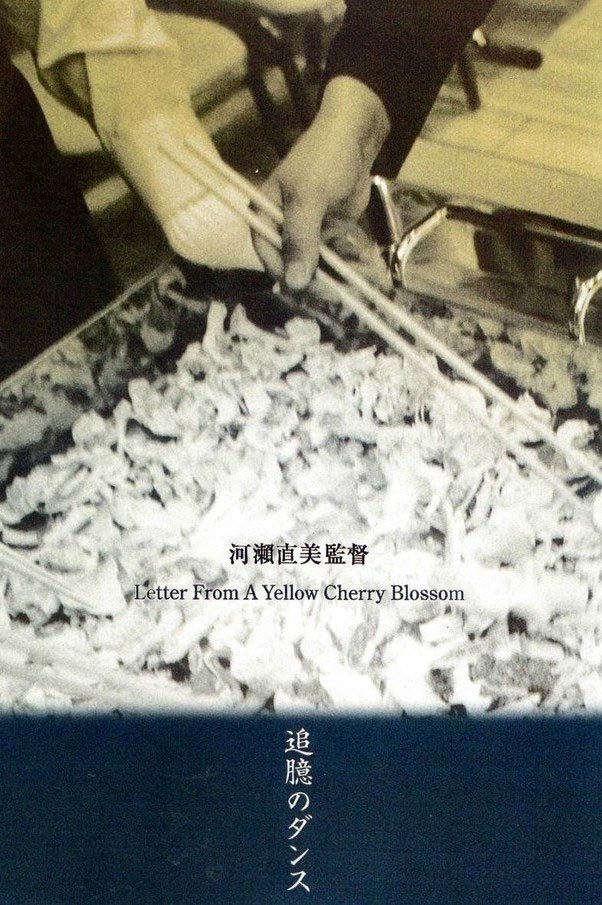
Letter from a Yellow Cherry Blossom (2002)
Released:
2002-04-06
Duration:
1hr 5min
Genres:
Documentary
Rating 5.7
Overview
Naomi Kawase's documentary about Nishii Kazuo, a photo critic. He is the last chief editor for the Camera Mainichi magazine, rushing through his time with Araki Nobuyoshi and Moriyama Daido as provocative artists in the photograph world.
Production Companies

Kumie
Visual Arts College
Additional Info
| Budget | $0.00 |
|---|---|
| Revenue | $0.00 |
| Original Language | ja |
| Popularity | 2.2032 |
Directed By
Naomi Kawase
Crew
Director
Naomi Kawase
Naomi Kawase
Producer
Yuko Naito
Yuko Naito
Writer
Naomi Kawase
Naomi Kawase
Editor
Naomi Kawase
Naomi Kawase
Director of Photography
Naomi Kawase
Naomi Kawase
Editor
Shotaru Anraku
Shotaru Anraku
